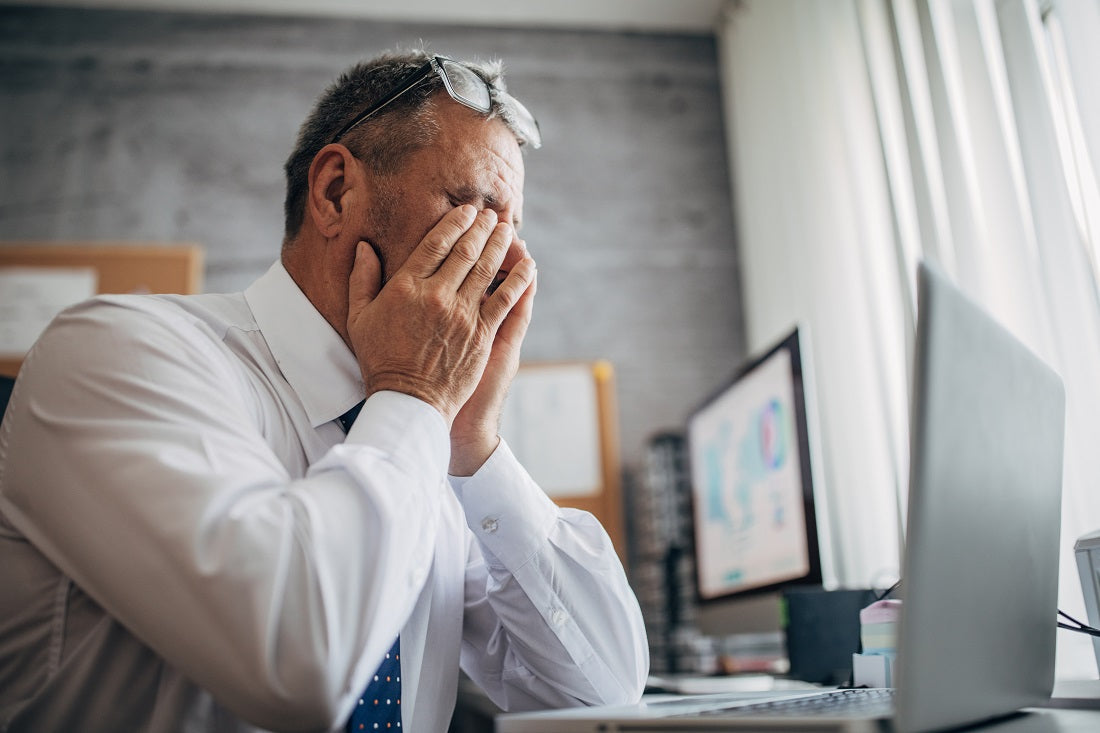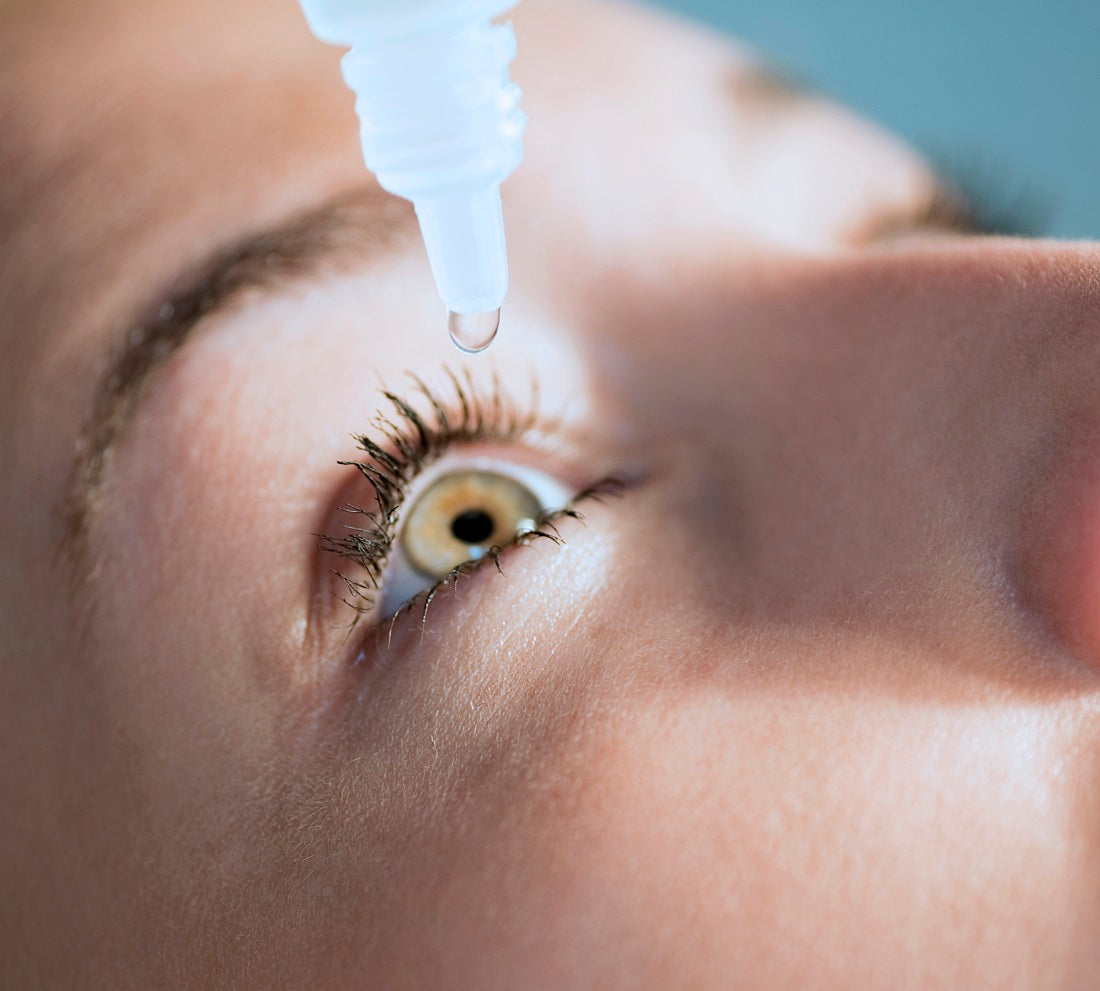
What is dry eye disease?
Normally eyes are bathed in tears all day long. Tears are a complex, three layered fluid that consists of a watery layer, an outer oily layer to prevent tears from evaporating, and a slippery inner layer to ensure tears spread evenly over the eyes. If any of these layers aren’t working properly, the tears become unstable and dry spots develop on the surface of the eyes, making them stressed. When this happens, the immune system responds with inflammation, which causes the uncomfortable symptoms associated with dry eye disease.
Spot the Symptoms
The first step in determining if you might suffer from dry eye disease is identifying the symptoms such as:

Gritty, burning, watery or red eyes

Eyes sometimes feel uncomfortable or irritated and itchy

Watery eyes in the wind

Film over their vision

Blurred vision and/or need to over-blink

Discomfort while reading digital screens

Sensitivity to light
If you believe you suffer from any of the above symptoms, and/or have some of these risk factors, you may have dry eye disease and should book an appointment with one of our doctors. We now offer dry eye disease Personalized Treatment Plans so together we can confidently and properly address your issues.

Risk factors
- Environmental: Where we live and the climate
- Occupation: Computer screen time or working outdoors
- Medications: Antihistamines, high blood pressure medications (diuretics), and thyroid supplements
- Gender: Women more than men, especially those in post-menopausal years

Dealing with dry eyes
With some relatively simple lifestyle changes, there are steps you can easily incorporate into your daily routine to make symptoms of dry eye disease less severe. These include:
- Using a humidifier
- Getting enough sleep
- Reducing contact lens wear
- Wearing sunglasses to block the sun and wind
- Drinking sufficient water
- Taking breaks from your smart phone and computer and reducing screen brightness
- Diet
The FYidoctors Dry Eye Solution
Treating dry eyes can be a challenge. Many of the underlying issues that contribute to dry eye disease don’t have simple remedies and treatment plans vary with the individual. Dry eyes may respond well to tear supplementation, but once the problem advances or becomes chronic, inflammation and permanent damage may occur and necessitate further care. At FYidoctors, we’ve incorporated advanced testing and treatments in many of our clinics to diagnose and help manage dry eye disease. We’ve investigated the many technologies, techniques and products available and are proud to offer our patients a variety of options.
Dry Eye Care as part of our Comprehensive Examinations
Dry eyes can be problematic at all ages, and symptoms can present themselves due to a variety of reasons. Depending on your situation, treatment can be as simple as artificial tears and gels, dry eye drops, supplements such as omega 3, heating masks and easy lifestyle changes.
If the symptoms are more advanced due to physical, environmental, or occupational stressors, and the initial approach isn’t providing adequate solutions to your dry eye issues, more advanced testing may be required. A number of diagnostic tests may be incorporated to confirm the level of damage, including testing for inflammatory markers in the tears, tear osmolarity and meibography. The diagnosis and treatment at this level goes beyond what occurs in a regular comprehensive eye examination, and your doctor will offer more advanced testing, and then prescribe a personalized plan for treatment.
Ultimately, we want to offer options for management and treatment of dry eye disease for a better quality of life and improved comfort.
Dry eye resources
Learn about the thermaLid procedure and how it can help patients suffering from Obstructive Meibomian Gland Dysfunction (dry eye disease). (Radio Frequency of the Lid for Treatment of dry eye disease)
Watch the TearScience videos to find out about the role of meibomian glands in ocular health here.
Blepharitis is the pre-cursor of dry eye disease, Contact Lens Intolerance and Meibomian Gland Dysfunction. Discover how BlephEx can successfully address the issue here.
Get even more details about dry eye disease at Eyelove.
Need help?
Start your comprehensive eye care treatment plan today at one of our locations.


